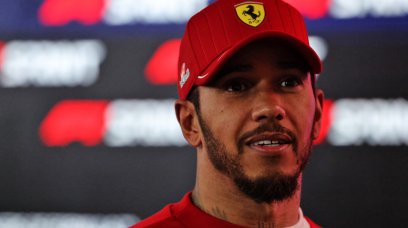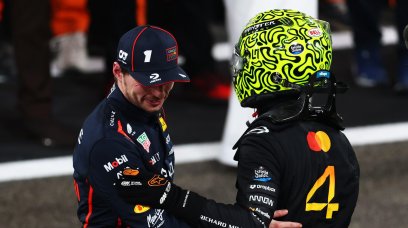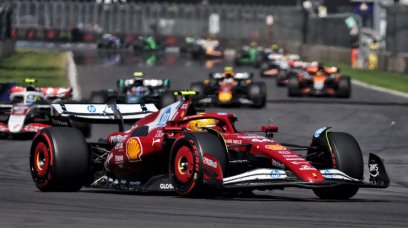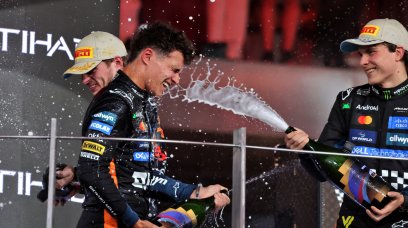Ferrari team boss Mattia Binotto has explained that all the Formula 1 teams are encountering more "porpoising" than expected as F1 prepares for the 2022 season with the new generation of cars. The biggest change for 2022 is a switch from over-body downforce to a ground effect philosophy. This approach means downforce is predominantly generated by airflow under the car, sucking it down to the ground. However, a side effect of the philosophy is that the car's natural frequency can cause resonance through the chassis – this can be spotted by the car bouncing or 'porpoising' down the straights. This has been particularly evident on the second day of pre-season testing at the Circuit de Barcelona-Catalunya, and Binotto admitted that it's an intensive learning process to get on top of it. "I think that most of us at least underestimated the problem – on track, we're bouncing more than expected," he told media, including RacingNews365.com , during the team personnel press conference on Thursday. "We knew certainly that with the ground floor situation, it would have been different. It's through a learning process, how long it can take to address it or to solve it... I think that solving it can be quite straightforward. "Optimising the performance... it should not be a compromise, but you should try to avoid any bouncing by getting the most of the performance of the car – that could be a less easy exercise. "I'm pretty sure that, at some stage, each team will get to the solution. How long it will take, I think that the ones that get there sooner will have an advantage at the start to the season."
1496888665431326726
Bumpy road to the top for Charles Leclerc! 🤕 #F1 pic.twitter.com/Z6a5e6d3bo — Formula 1 (@F1) February 24, 2022
No concerns that teams won't address the issue
Asked whether it's the same phenomenon that impacted the ground effect cars last raced in the late 1970s and early 1980s, before the banning of the technology, Binotto joked he is "too young to know". "I think, honestly, the cars are quite different," he commented. "But it's related to the ground effect and how powerful it is. The regulations of the cars were slightly different. But certainly, it's very similar – the frequency of the car bouncing is the natural frequency of the car itself, and I think it's excited by the aero, so it's as simple as that." Aston Martin's Performance Director Tom McCullough believes the bouncing will be quickly rectified as testing continues. "Obviously, [these are] very new cars," he added to the conversation. "This is the first iteration of these cars. We're going to be evolving them, all the teams are going to be evolving them between now and Bahrain, the first race and the first few races. "Here, we're testing – we're just exploring, we're pushing the envelope. We can adjust ride heights to put the car so it hits the ground as we did with last year's car. [It's] early stages, but I think you'll see a lot of development over the next few races." Frederic Vasseur also downplayed the extent of the issue, saying it will be forgotten about quite quickly as the season starts. "We are all facing the same issue," said the Alfa Romeo team boss. "To fix the problem is not the biggest issue, but being efficient will be the key and how quickly the team will react will be key for the first races. I'm sure that, in three or five months at the press conferences, we won't speak any more about bouncing."
Most read







